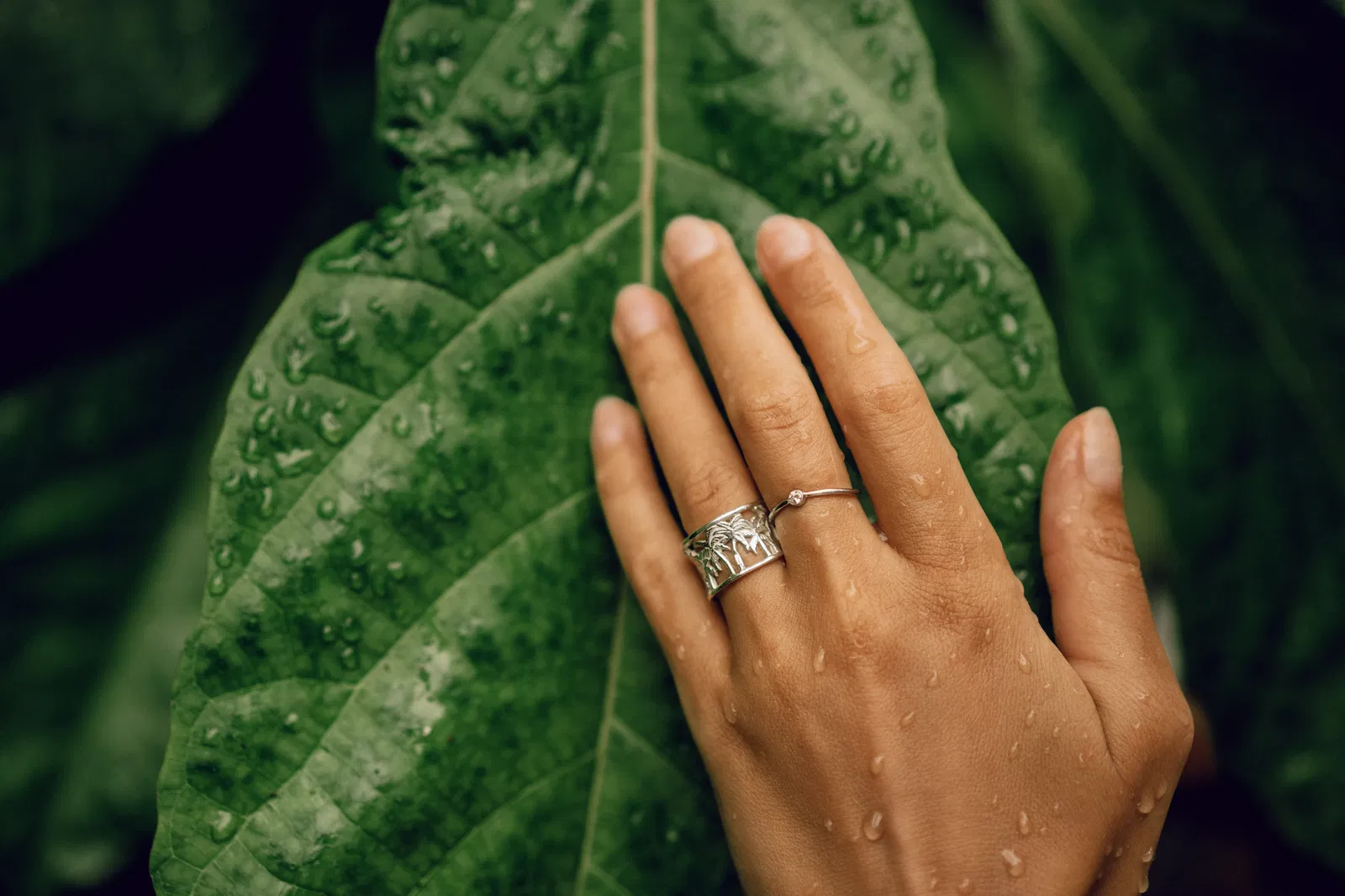Gold Earrings: What Makes Them a Timeless Accessory?

When choosing a diamond, one of the most critical factors influencing its value is the carat weight. Many buyers assume that carat refers to the size of the diamond, but in reality, it is a measure of weight.
The term "carat weight" traces its origins back to carob seeds, which early gem traders used as natural counterweights on their scales due to their uniform size. This practice dates back to the 1500s, and over time, the carat evolved into a standardized unit of weight, now universally recognized and measured in milligrams.
Understanding carat weight can help you make an informed decision when selecting a diamond that fits both your budget and preferences.
1. What Does Carat Mean?
A carat (ct.) is the standard unit of measurement used for weighing diamonds and other gemstones. One carat is equal to 1/5 of a gram (200 milligrams) and is further divided into 100 points. For instance, a diamond weighing 1.07 carats is referred to as "one carat and seven points."

2. Diamond Carat Charts
With an accuracy of 1/100,000 carat, the IGI (International Gemological Institute) scales provide a highly precise diamond weight, down to the hundredth or thousandth of a carat. It is important to note that diamonds of the same weight don’t necessarily have the same size appearance.

3. Carat Weight vs. Size
While a higher carat weight often results in a larger-looking diamond, the actual size and appearance are influenced by the diamond's cut and shape. Some diamonds may appear smaller or larger than others of the same carat weight due to their cut proportions.
For example:
- A shallow-cut diamond may have a wider surface but less depth, making it appear bigger.
- A deep-cut diamond may have more weight hidden below the surface, making it look smaller.
4. How Carat Affects Diamond Price
Carat weight has a significant impact on diamond pricing, but it is not the only factor. Larger diamonds are much rarer than smaller ones, making them exponentially more expensive. As a result, a 2-carat diamond costs more than twice as much as a 1-carat diamond of the same quality.
Certain carat weights are considered to be magic sizes for their desirability – 1.00 carat, 1.50 carats, and 2.00 carats. Although it is difficult to visually distinguish a 0.99 carat diamond from a 1.00 carat, the price difference can be significant.
Factors influencing diamond pricing include:
- Cut: A well-cut diamond can enhance its brilliance, making it appear larger than its actual weight.
- Color and Clarity: Diamonds with higher clarity and color grades add to the price.
- Shape: Certain shapes, like round diamonds, tend to be more expensive due to higher demand and cutting waste.
5. Choosing the Right Carat for You
Finding the ideal diamond carat weight depends on your budget and style preferences. Here are a few tips to consider:
- Prioritize cut over carat – A well-cut diamond with excellent brilliance can make a smaller stone appear more significant.
- Consider finger size – On smaller fingers, a lower-carat diamond may look larger, while on larger fingers, you might need a bigger diamond for a proportional look.
- Balance quality and size – If you’re on a budget, opt for a slightly lower carat weight while maximizing cut quality for a more dazzling appearance.

